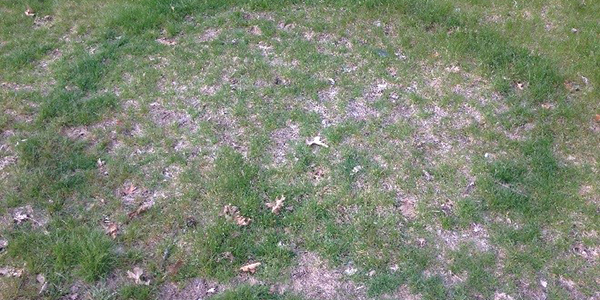Fairy Rings: Everything You Need To Know!
Share this post:
 I subscribe to several university newsletters that are dedicated to lawns and landscapes. This year, Ohio State University changed the format of their monthly newsletter to short news flashes about many interesting topics.
The university still publishes their Buckeye Yard & Garden online newsletter, but I do enjoy reading all the brief articles on interesting weeds, insects, diseases and other oddities of nature.
They recently posted a news brief about one of my favorite diseases, Fairy Ring. I always like to learn something new about this annoying, but usually not serious, disease.
Ironically, a Spring-Green Franchise Owner called me today to ask why there seems to be more Fairy Rings this year.
I subscribe to several university newsletters that are dedicated to lawns and landscapes. This year, Ohio State University changed the format of their monthly newsletter to short news flashes about many interesting topics.
The university still publishes their Buckeye Yard & Garden online newsletter, but I do enjoy reading all the brief articles on interesting weeds, insects, diseases and other oddities of nature.
They recently posted a news brief about one of my favorite diseases, Fairy Ring. I always like to learn something new about this annoying, but usually not serious, disease.
Ironically, a Spring-Green Franchise Owner called me today to ask why there seems to be more Fairy Rings this year.


Fairy Ring - Expert Lawn Care Tips
Fairy Rings continue to grow larger every year, so eventually, it will grow out of your lawn and into your neighbor’s lawn. For more information on Spring-Green’s aeration services contact your local Spring-Green office today.
